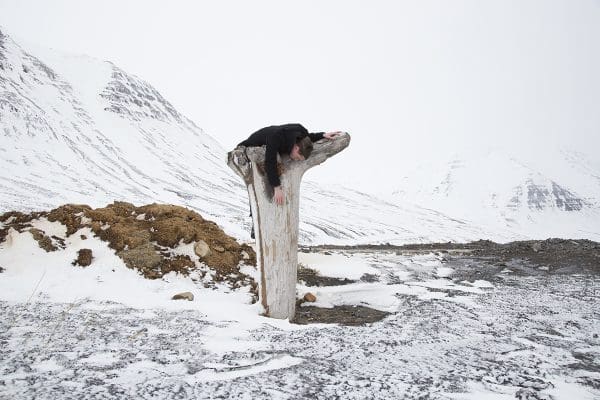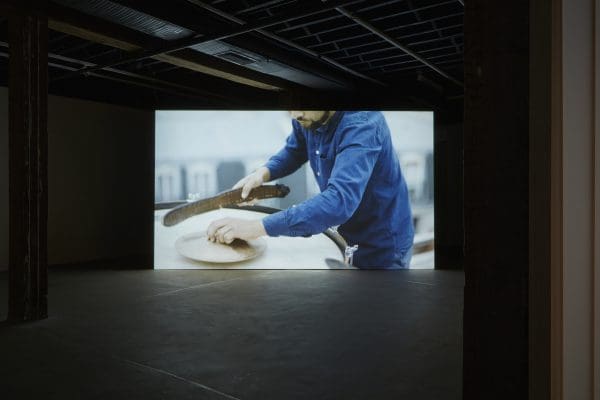
The New Look, as US Harper’s Bazaar dubbed Christian Dior’s debut collection in 1947, remains one of the most instantly identifiable fashion moments to this day.
For the 12th Ballarat International Foto Biennale artistic director Fiona Sweet has brought almost 90 of David LaChapelle’s works to Australia as the centrepiece of the 2017 program.
The ongoing importance of self-publishing (whether as an artistic pursuit, personal expression or community-building) is being explored in Self-made: zines and artist books at the State Library of Victoria.
The Revealing Image displays a collection of Magritte’s personal, and largely unseen, photographs and films.
“From cave paintings to now, people have always wanted to make pictures of people.”
Art school affords future creators the time and space to experiment, understand and refine their craft. Grounded: Contemporary Australian Art at the National Art School Gallery harks back to these formative years.
How we perceive images and objects and their associated historical meaning has been a central focus of Sanné Mestrom’s practice for several years.
A new retrospective exhibition, David Thomas: Colouring Impermanence at RMIT Design Hub, aims to bring attention to empathic observations by ‘looking at the act of looking’.
Now in its 11th year, the Darwin Aboriginal Art Fair is back. It’s an art fair by name, but as Claire Summers, executive director of the DAAF Foundation explains, “we completely annihilate the art fair model”.
Synthetic at the Australian Centre for Photography considers how the photographic image can provide a space between our known past and speculative futures.
For Mesiti, blending performance, dance and music is a way of exploring non-verbal communication, which can reinforce community and cultural traditions.










